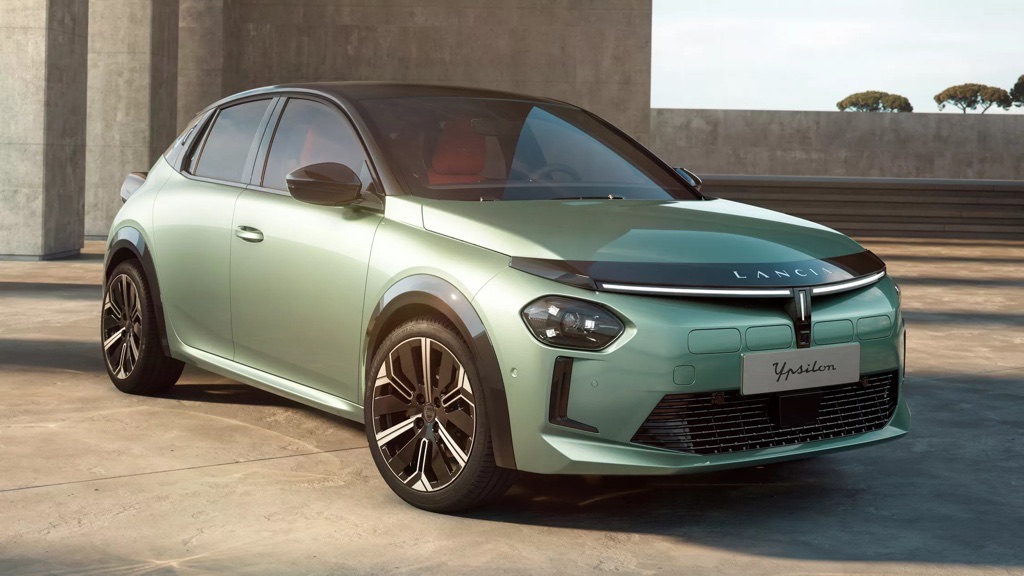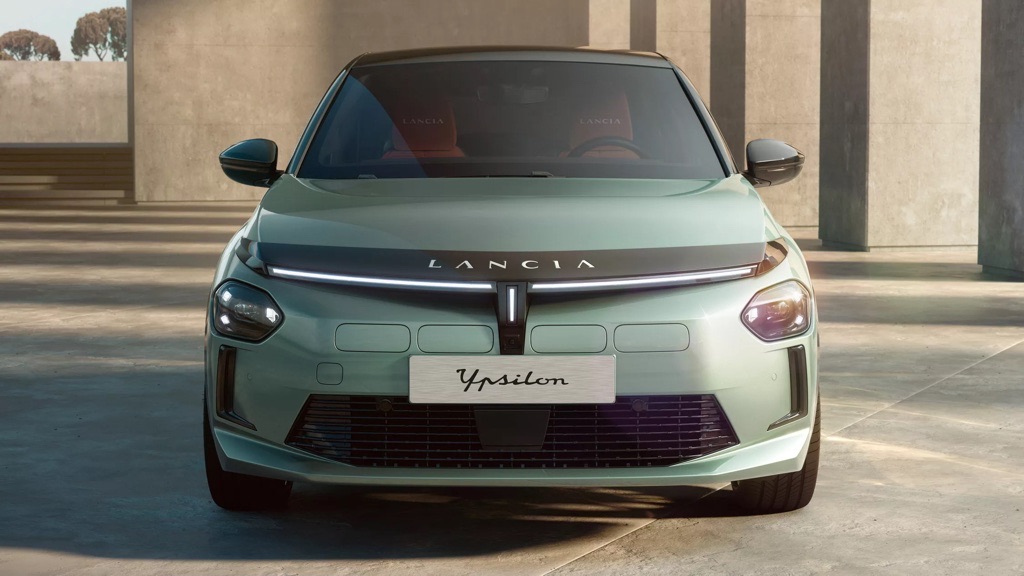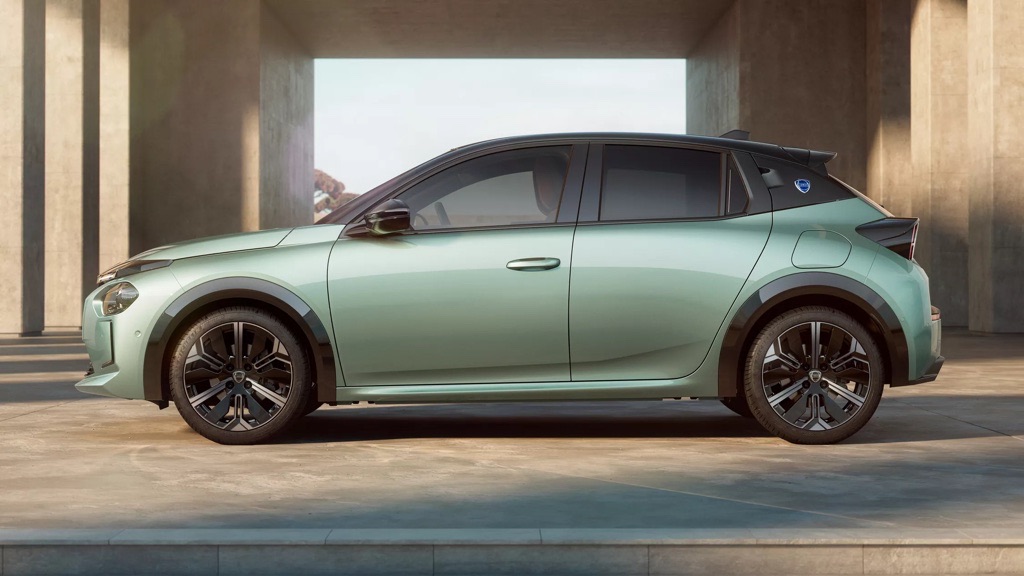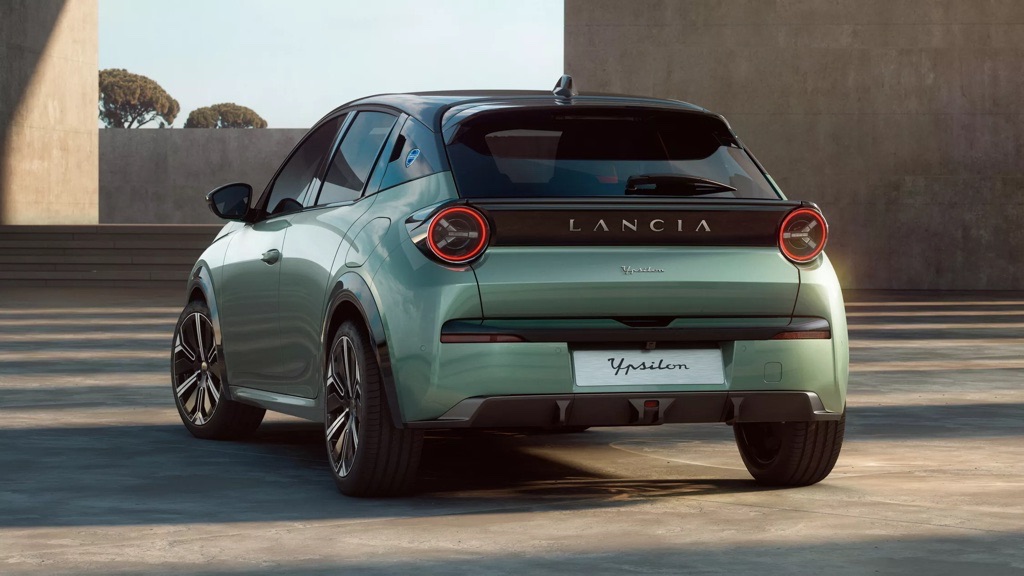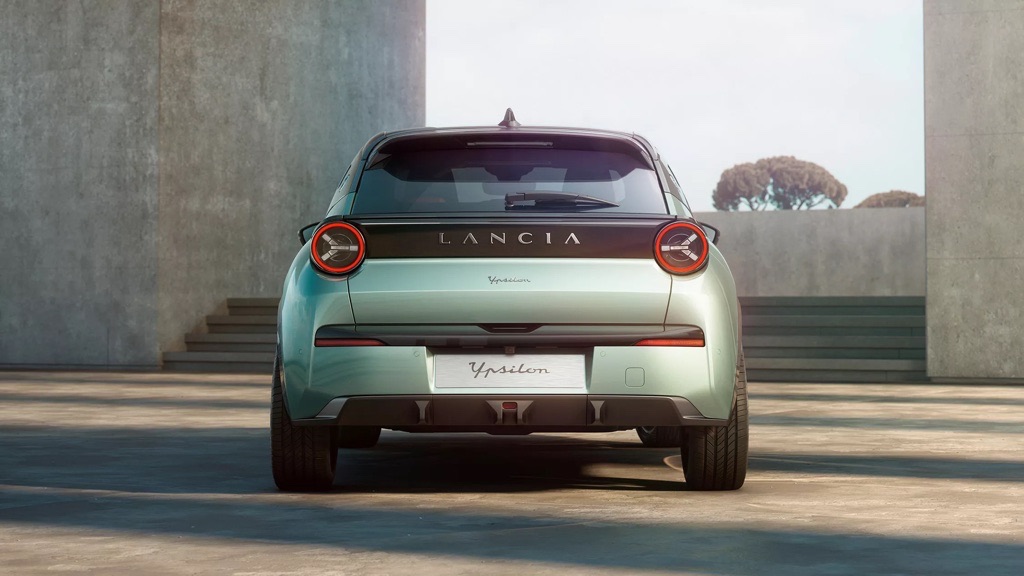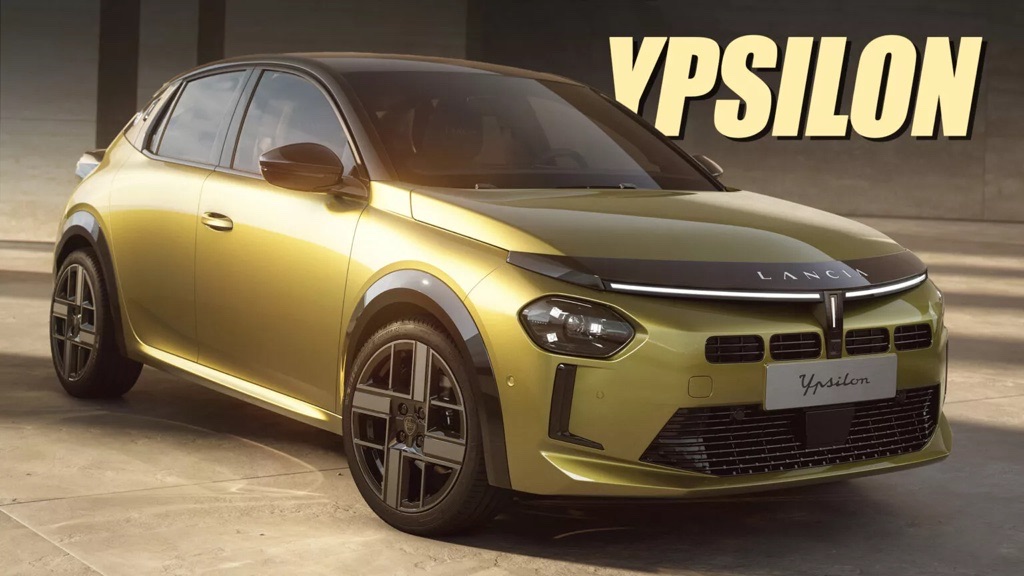
In the rapidly evolving world of electric transportation, one name has recently caught the attention of EV enthusiasts and urban commuters alike: the Lancia Ypsilon. This premium subcompact hatchback is making waves in its home market of Italy, offering a blend of style, sustainability, and innovation. Today, we’ll dive deep into what makes the new Ypsilon a standout in the electric vehicle landscape.
Lancia Ypsilon: A Glimpse into the Future of Urban Mobility
The automotive industry is at a crossroads, with a clear shift towards electrification. Lancia, a brand steeped in Italian automotive history, has embraced this change with open arms. The all-new Ypsilon is a testament to this commitment, offering both mild-hybrid and fully electric powertrains. This dual approach caters to a wide range of consumers, from those dipping their toes into electrification to fully committed EV adopters.
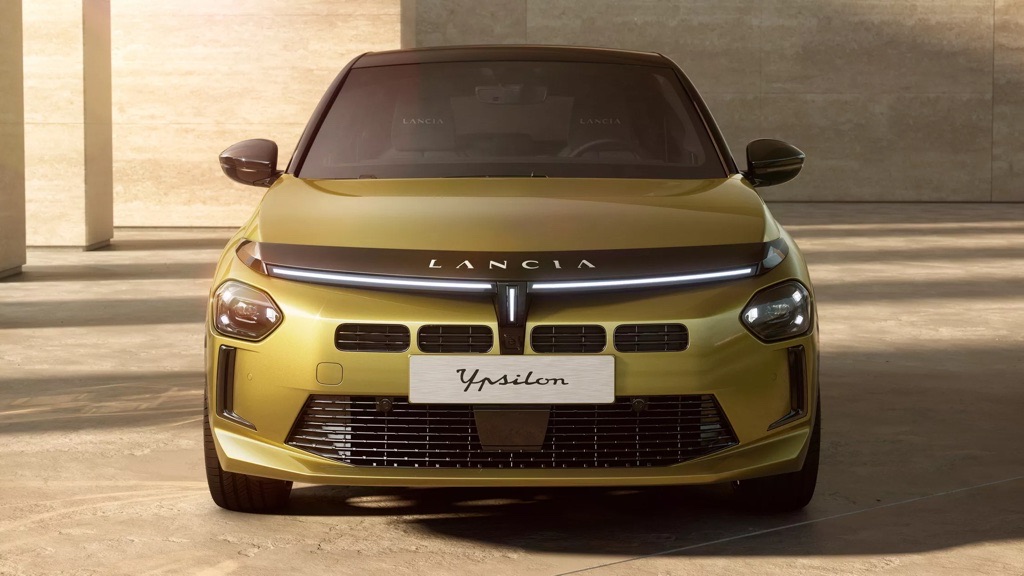
Three Trims, Endless Possibilities
One of the most exciting aspects of the new Ypsilon is its versatile lineup. Lancia has introduced three distinct trim levels:
- Standard Ypsilon: The entry-level model that doesn’t skimp on essentials.
- Ypsilon LX: A high-spec variant that brings luxury to the forefront.
- Edizione Cassina: The flagship model, originally a limited edition, is now available to all.
The inclusion of the LX trim is particularly noteworthy. It revives a moniker first used by Lancia in 1966 for its high-end models, signaling a return to the brand’s luxury roots. This historical nod will surely resonate with Lancia aficionados and newcomers alike.
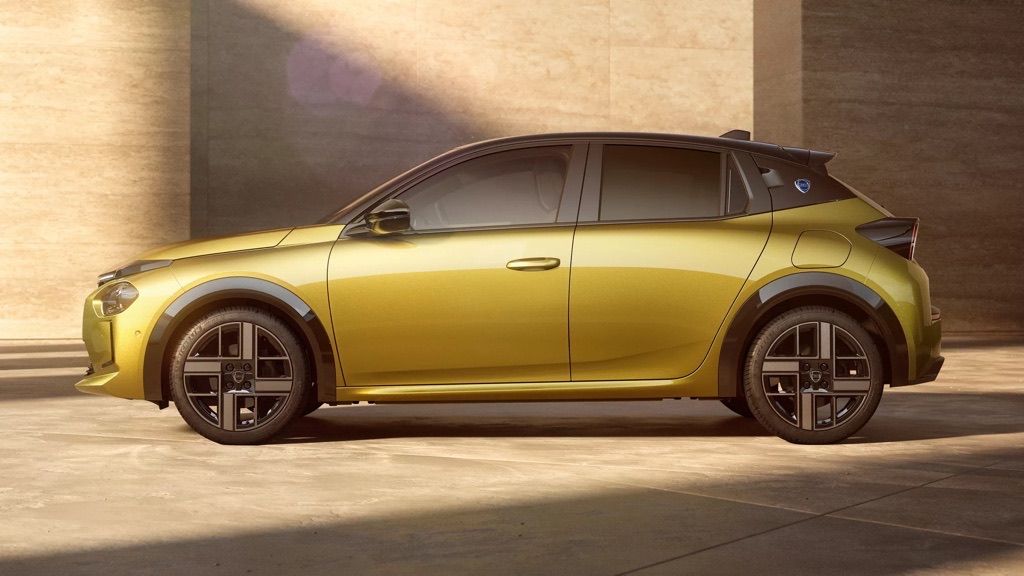
Design that Speaks Volumes
In the world of electric vehicles, design often takes a backseat to technology. Not with the Ypsilon. Lancia has crafted a vehicle that’s as much a feast for the eyes as it is a marvel of engineering.
- Exterior Distinctions: The mild-hybrid versions feature four additional cooling intakes on the front bumper, a subtle yet functional design element. A discreet tailpipe on the rear diffuser is another telltale sign of the hybrid powertrain.
- Color Palette: Drawing inspiration from Italian materials, the Ypsilon is available in six captivating shades:
- Grigio Granito
- Nero Ardesia
- Bianco Marmo
- Blu Lancia
- Verde Giada
- Oro
For those who want to make an even bolder statement, a bi-tone option with a black roof, pillars, and mirrors is available.
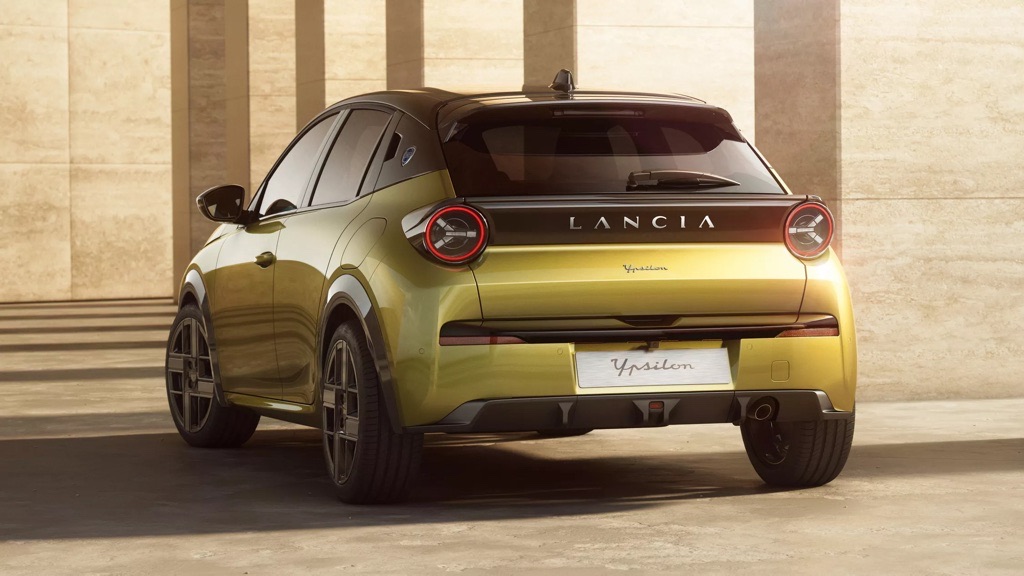
Interiors that Inspire
Each trim level of the Ypsilon offers a unique interior ambiance:
- Standard Ypsilon: Combines sage green with obsidian black, using recycled materials for the seats. Brushed bronze accents add a touch of sophistication.
- Ypsilon LX: Features an anthracite gray cabin with rust velvet seats. The “wainscoted weave” pattern is paired with recycled fabrics and Marm/More, a new material made from marble dust waste.
- Edizione Cassina: The pinnacle of luxury with a Blu Lancia interior and velvet seat upholstery. The pièce de résistance? The Cassina multifunction “tavolino” table on the center console, is crafted from bio-based plastics.
-
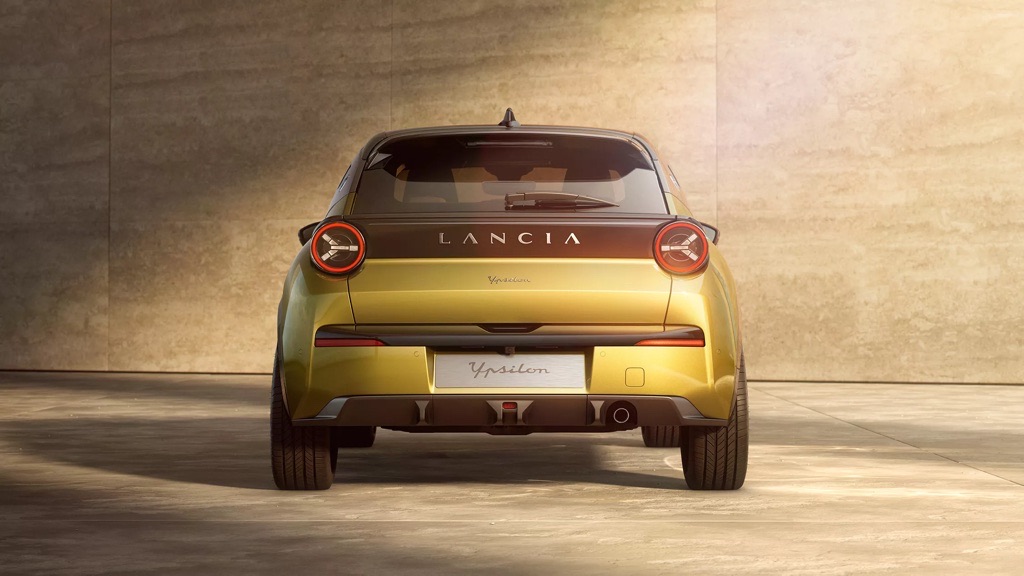
Lancia Ypsilon
Tech-Savvy and Safety-First
In today’s connected world, a car is more than just a mode of transport—it’s a mobile tech hub. The Ypsilon doesn’t disappoint:
- Standard Ypsilon: Wireless Android Auto/Apple CarPlay, parking sensors, basic ADAS.
- Ypsilon LX: Adds a wireless charging pad, front and rear cameras, Adaptive Cruise Control, and a drive mode selector.
- Edizione Cassina: Dual 10.25-inch displays, two 180-degree cameras, and a full suite of ADAS for Level 2 autonomous capabilities.
Power and Performance: The Heart of the Matter
Mild-Hybrid Magic
The mild-hybrid Ypsilon is powered by a turbocharged 1.2-liter gasoline engine producing 99 hp (74 kW / 101 PS). But that’s not all:
- A 48-volt battery and a small electric motor within the six-speed e-DCT automatic gearbox create a seamless driving experience.
- 0-100 km/h in 9.3 seconds and a top speed of 190 km/h (118 mph) offer sprightly performance.
- CO2 emissions are limited to 103-104 g/km (WLTP), thanks to its ability to drive on electric power in urban settings.
| Spec | Value |
|---|---|
| Engine | 1.2L Turbo Gasoline |
| Power | 99 hp (74 kW / 101 PS) |
| 0-100 km/h | 9.3 seconds |
| Top Speed | 190 km/h (118 mph) |
| CO2 Emissions | 103-104 g/km (WLTP) |
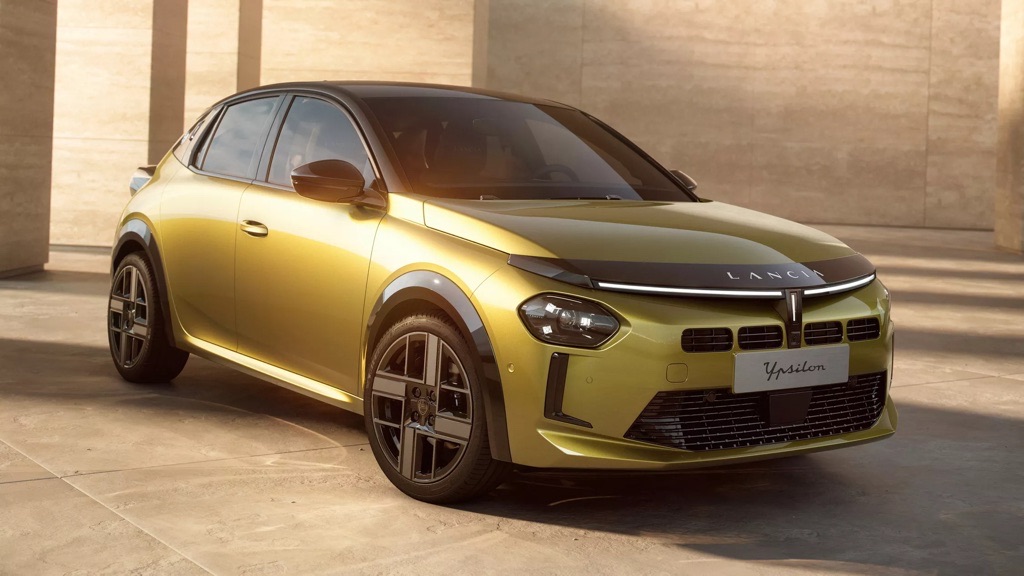
The Electric Edge
For those ready to go all-in on electric, the Ypsilon EV is a compelling choice:
- 154 hp (115 kW / 156 PS) of pure electric power.
- A 51 kWh battery pack offers a WLTP range of up to 403 km (250 miles).
- Coming in 2025: Ypsilon HF performance model with 237 hp (177 kW / 240 PS) and a sportier suspension.
| Spec | Value |
|---|---|
| Power | 154 hp (115 kW / 156 PS) |
| Battery | 51 kWh |
| Range (WLTP) | Up to 403 km (250 miles) |
Pricing and Availability
The Lancia Ypsilon is now available to order in Italy, with deliveries starting in early June. Here’s the pricing breakdown:
- Mild-Hybrid: Starts from €24,900 ($26,500)
- Electric: Starts from €34,900 ($37,200)
- With government incentives: €31,900 ($34,000)
- With trade-in of an older vehicle (up to Euro 4): €29,900 ($31,900)
The Road Ahead
The Lancia Ypsilon represents more than just a new car launch; it’s a signpost pointing towards the future of urban mobility. By offering both mild-hybrid and fully electric options, Lancia caters to a wide spectrum of consumers, from those taking their first steps into electrification to committed EV enthusiasts.
The return of historic nameplates like the LX trim and the focus on Italian design and materials show that Lancia hasn’t forgotten its roots. At the same time, the integration of cutting-edge tech and a commitment to sustainability demonstrate that the brand has its eyes firmly on the future.
As we navigate the complexities of climate change and urban congestion, vehicles like the Ypsilon offer a glimmer of hope. They show that we don’t have to sacrifice style, performance, or luxury in our quest for cleaner, more efficient transportation.
The electric revolution is here, and with models like the Lancia Ypsilon leading the charge, the future looks brighter—and more stylish—than ever.
What do you think about the new Lancia Ypsilon? Are you more intrigued by the mild-hybrid or the fully electric version? Let us know in the comments below, and don’t forget to subscribe for more updates on the latest in electric transportation!
